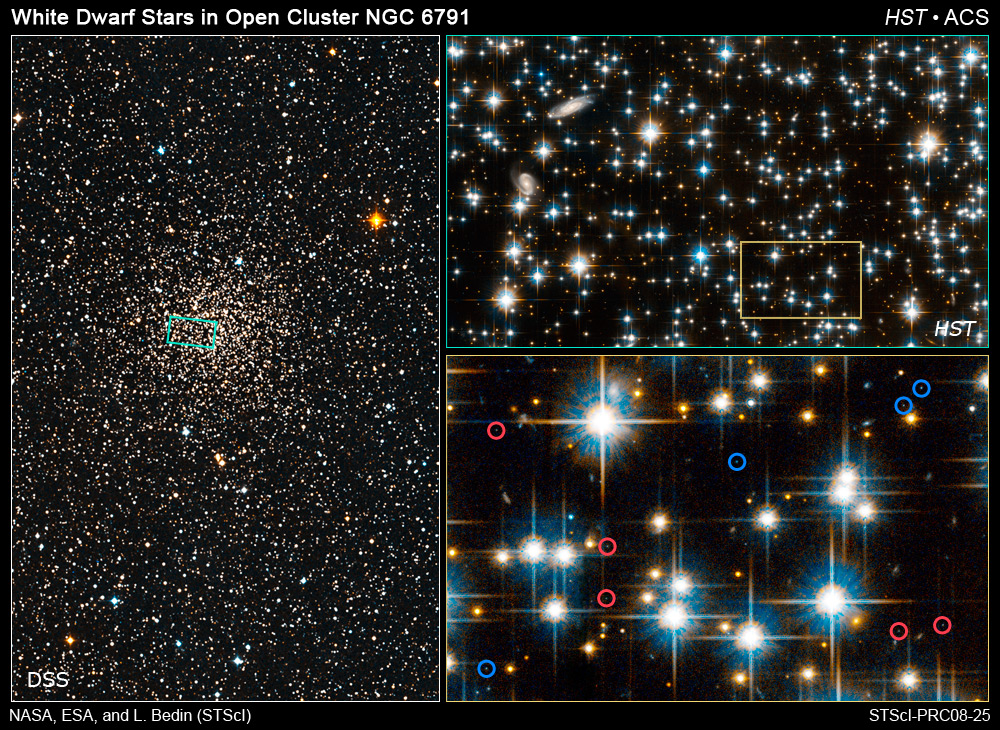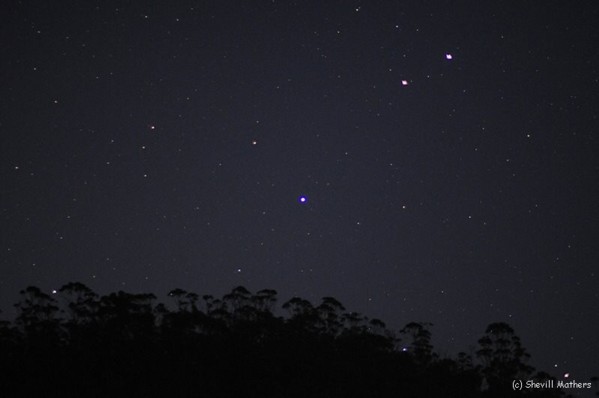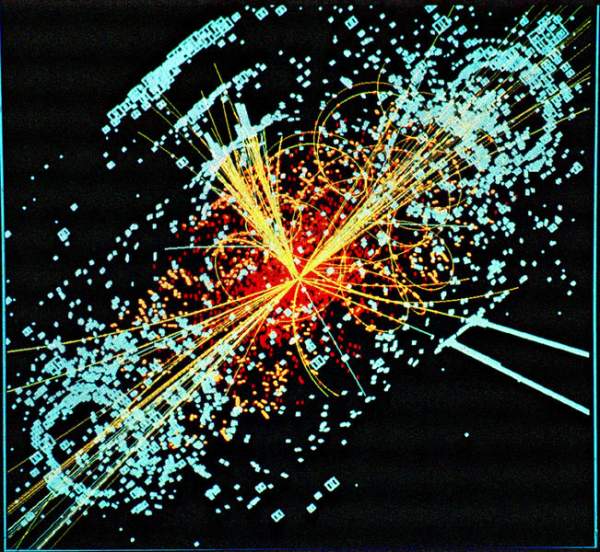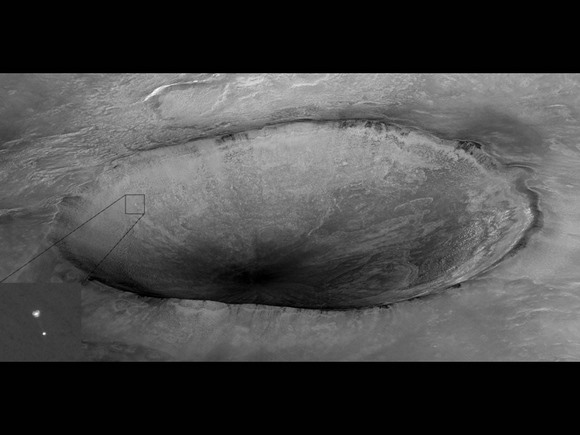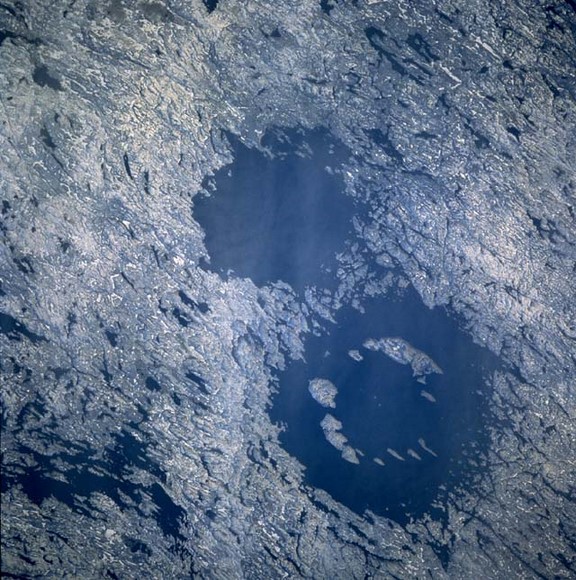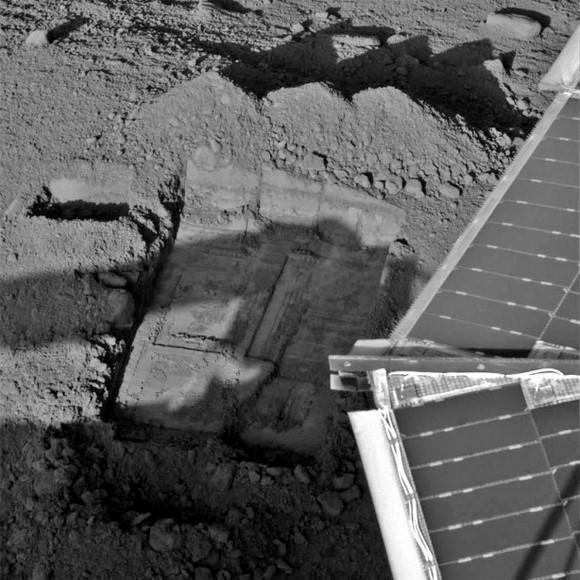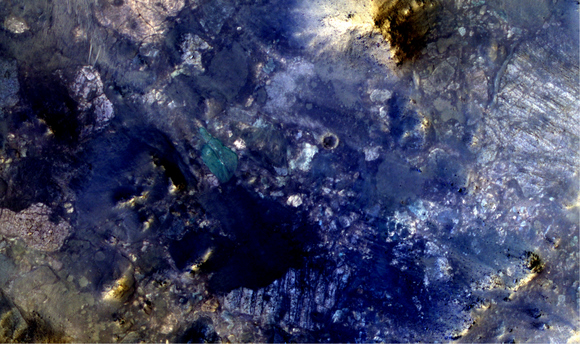Just a couple of days ago we took a look at the splendid conjunction of Mars, Saturn and Regulus which occurred on July 6, 2008. Now, four days later, the position of everything has changed drastically. We watch it occur in the sky. We accept that it’s natural. We even know it’s celestial mechanics! But exactly what laws govern these movements and how do we understand them? Let’s take a look…
 Once upon a time, a very cool dude named Johannes Kepler was born just two days after Christmas in 1571. Like most of us, he had a pretty rough life. His dad died when he was 5, but he had a great mom who was not only a waitress, but a herbalist as well. One of the best things she ever did for her son was to take him out to watch the “Great Comet of 1577” and a lunar eclipse in 1580. Even though she ended up being later tried for witchcraft, the love of astronomy that she inspired in her son would shape the way we now understand planetary motion.
Once upon a time, a very cool dude named Johannes Kepler was born just two days after Christmas in 1571. Like most of us, he had a pretty rough life. His dad died when he was 5, but he had a great mom who was not only a waitress, but a herbalist as well. One of the best things she ever did for her son was to take him out to watch the “Great Comet of 1577” and a lunar eclipse in 1580. Even though she ended up being later tried for witchcraft, the love of astronomy that she inspired in her son would shape the way we now understand planetary motion.
Even though smallpox crippled Kepler’s vision and hands, he excelled at studying planetary motion in the astrological sense and kept himself busy being a math teacher. In his spare time, he also liked to play around with lenses, too… and write letters to his friend Galileo Galilei. Even though he ran the risk of losing his job and getting in trouble with the church, Kepler defended Copernican theory of a sun-centered system and went on to devise some formulae of his own. At age 24, he was teaching a class about the conjunction of Saturn and Jupiter when he realized that regular polygons bound one inscribed and one circumscribed circle at definite ratios, which, he reasoned, might be the geometrical basis of the universe. Thankfully, his school supported him and published his work as the “Mysterium Cosmographicum” (The Cosmographic Mystery).
Fortunately, that was a good move and it landed Kepler a part time job helping out an astronomer named Tycho Brahe. To make a long story short, that was his introduction into the real world of astronomy and many long years and bad political times kept things from progressing. However, the astronomers of the time respected his work in their own ways and continued to test out Kepler’s theories – right down to his predictions when Venus and Mercury would transit the Sun. Yep. It would be long after Kepler died before his ideas were finally recognized, but these three principles withstood the test of time:

1. The orbit of every planet is an ellipse with the sun at one of the foci.
2. A line joining a planet and the sun sweeps out equal areas during equal intervals of time. (Suppose a planet takes one day to travel from point A to B. The lines from the Sun to A and B, together with the planet orbit, will define a (roughly triangular) area. This same amount of area will be formed every day regardless of where in its orbit the planet is. This means that the planet moves faster when it is closer to the Sun.) This is because the sun’s gravity accelerates the planet as it falls toward the Sun, and decelerates it on the way back out, but Kepler did not know that reason.
3. The squares of the orbital periods of planets are directly proportional to the cubes of the semi-major axis of the orbits. Thus, not only does the length of the orbit increase with distance, the orbital speed decreases, so that the increase of the orbital period is more than proportional.
So what does studying these laws have to do with what we see? Let’s take a three day time lapse look…
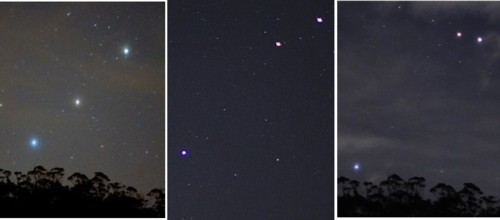
The observable distance between Saturn and Regulus hasn’t changed much has it? But the motion of Mars has been huge! When skies permit, make your own nightly observations of planetary motions and try studying Kepler’s law. We’ve watched Mars travel from points A to B. If we drew an imaginary line, from the Sun to the planet, it would sweep out a roughly triangular area and the same amount of area will be swept every day. As Mars progresses in its elliptical orbit, its distance from the Sun changes. As an equal area is swept during any period of time and the distance from Mars to the Sun varies, we can then plainly see that for the changes to remain constant that Mars must also vary in speed! Yep. It’s the second law.
Kepler would be so proud…
Many thanks to AORAIA member Shevill Mathers whose dedication and photographs helped make this article possible!


